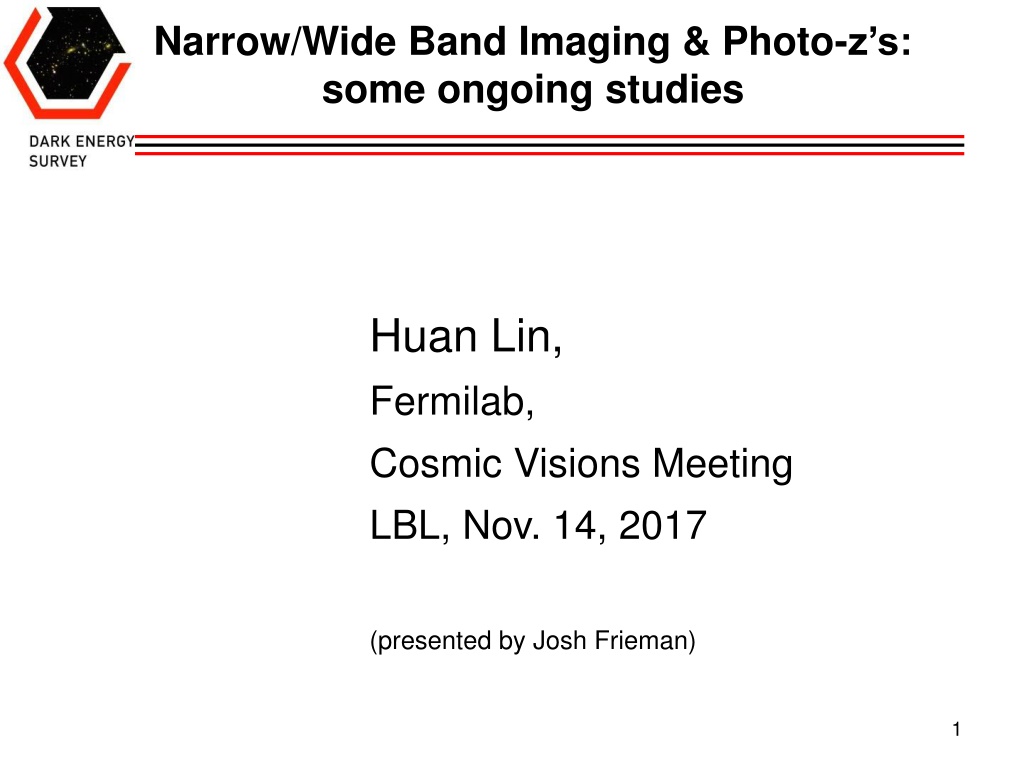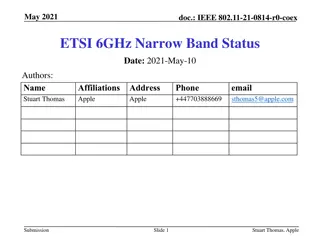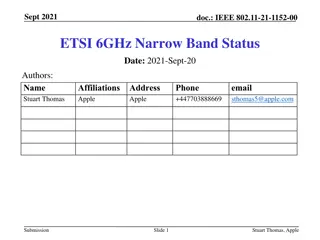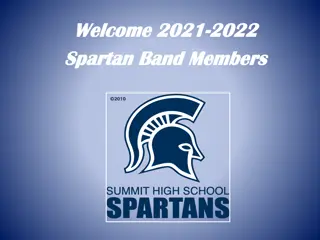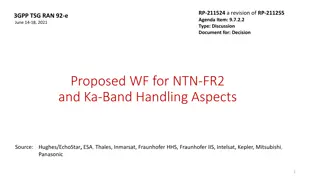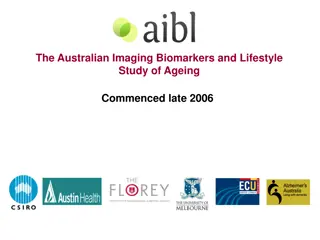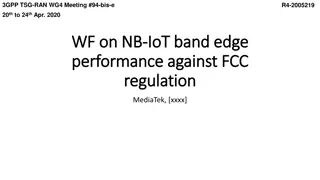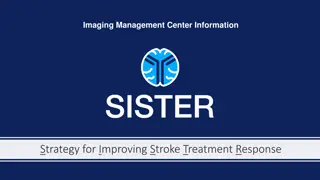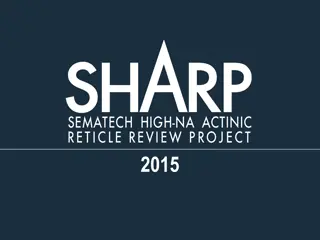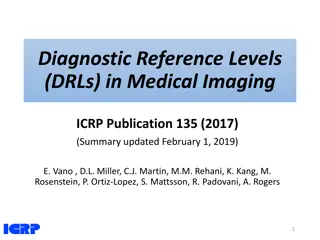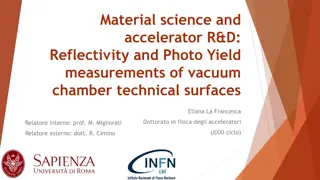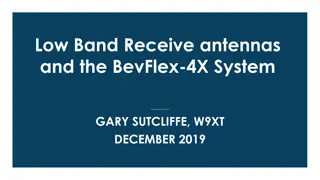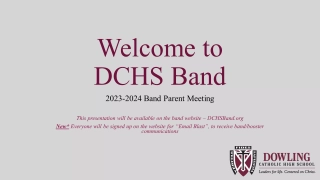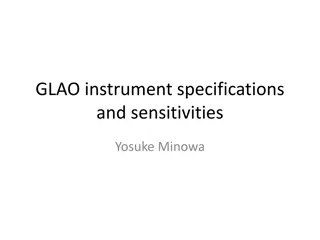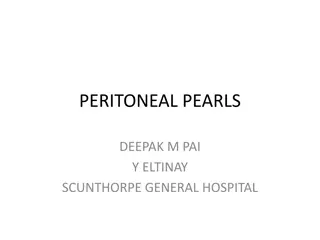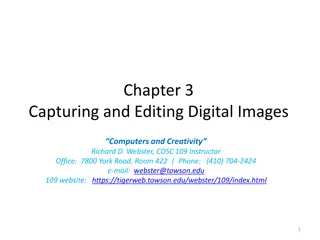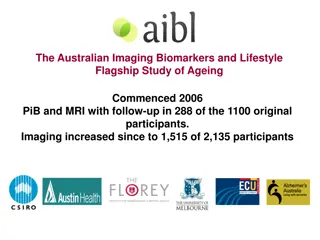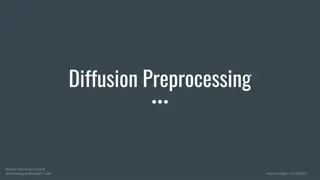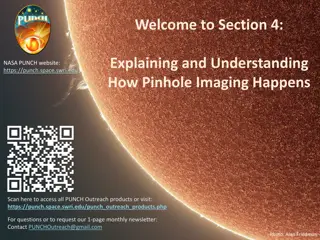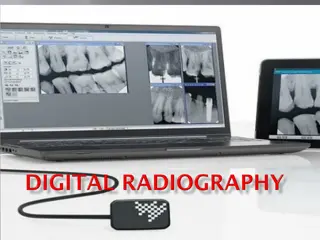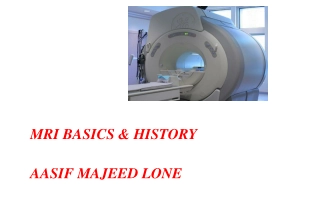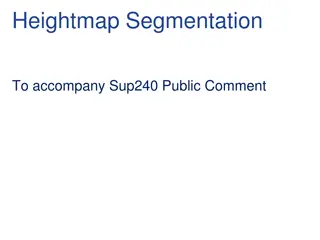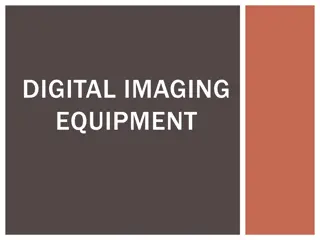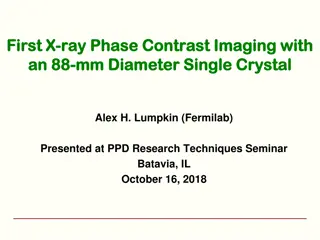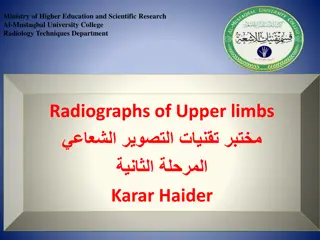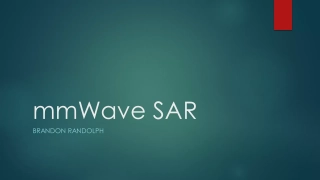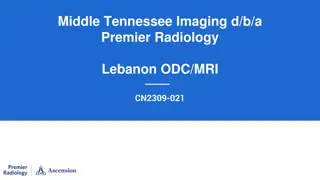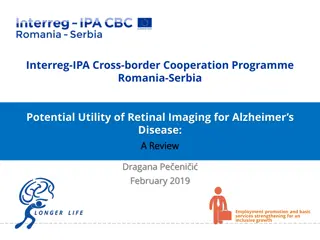Ongoing Studies on Narrow/Wide Band Imaging and Photo-zs
Ongoing studies presented at the Cosmic Visions Meeting focus on the need for precise sample redshift distributions for cosmological inference in imaging surveys. Various photo-z samples and results are discussed, highlighting the importance of deep, multi-band imaging for accurate photo-z estimates. The feasibility of obtaining such data to LSST depth over large areas is explored, considering different filter options and the potential benefits of using medium/narrowband filters for optimal results.
Download Presentation

Please find below an Image/Link to download the presentation.
The content on the website is provided AS IS for your information and personal use only. It may not be sold, licensed, or shared on other websites without obtaining consent from the author. Download presentation by click this link. If you encounter any issues during the download, it is possible that the publisher has removed the file from their server.
E N D
Presentation Transcript
Narrow/Wide Band Imaging & Photo-zs: some ongoing studies Huan Lin, Fermilab, Cosmic Visions Meeting LBL, Nov. 14, 2017 (presented by Josh Frieman) 1
Photo-z Context Imaging surveys need precise sample redshift distributions ni(z) for cosmological inference. Spectroscopic samples for photo-z training/validation for LSST and other deep imaging surveys are incomplete. Clustering redshifts (cross-correlation) promising but may also have limitations hybrid approach. Deep, multi-band imaging samples with more accurate photo-z s another potential weapon in the arsenal. DES Y1 n(z) results combined photo-z (for binning), COSMOS 30-band imaging, clustering redshifts via red(MaGIC) galaxies. Is there an economical way to get deep, multi-band imaging to LSST depth over large enough area (cosmic variance) to be useful in this context? What s needed? Options: more filters, mKiDS,... 2
COSMOS2015 (Laigle et al. 2016) 30 bands 16 broadband filters (Laigle et al. 2016) 12 medium + 2 narrowband filters (Taniguchi et al. 2014) 3
Photo-z results for different samples Sample 68 COSMOS all filters, Laigle et al. (2016) catalog (zCOSMOS, Le PHARE) 0.013 (cf. 68 / (1+zs) = 0.0087 and NMAD = 1.48 x median(|zp-zs|/(1+zs)) = 0.0075) HL: COSMOS 10 broad + 14 medium/narrow (zCOSMOS, Le PHARE) 0.016 Can reasonably reproduce published catalog results HL: COSMOS 10 broadband filters (zCOSMOS, Le PHARE) 0.040 Medium-band filters appear critical for optimal photo-z s HL: COSMOS 10 broadband filters (i < 23, DESDM) 0.045 DESDM neural network results close to Le PHARE broadband results 4
Photo-z results for different samples Sample 68 COSMOS all filters, Laigle et al. (2016) catalog (zCOSMOS, Le PHARE) 0.013 COSMOS 10 broad + 14 medium/narrow (zCOSMOS, Le PHARE) 0.016 COSMOS 10 broadband filters (zCOSMOS, Le PHARE) 0.040 COSMOS 10 broadband filters (i < 23, DESDM) 0.045 Simulations (DESDM) griz (i < 23.5, redshift z < 2; 1 hr on DECam) 0.072 ugrizY (i < 23.5, redshift z < 2; 2 hr on DECam) 0.041 ugrizY + 5 in-between filters (i < 23.5, redshift z < 2; 1 hr) 0.039 ugrizY (i < 24.5, redshift z < 2; 10 hr) 0.050 6 ugrizY + 5 in-between filters (i < 24.5, redshift z < 2; 5 hr) 0.049
Conclusions Adopt 68 ~ 0.05, the level of COSMOS broadband-only filters, as what we want in order for the data to be useful for photo-z validation Results for ugrizY + 5 in-between filters is similar to ugrizY at twice the exposure time (note griz only, as shown previously, is not as good as ugrizY) Using ugrizY at double the exposure time cheaper than new fill-in broadband filters, with similar gain. Interesting DECam scenarios to me (HL) are: 100 sq. deg. for i < 23.5 (useful for DES), at 2 hrs per filter, taking 100/3*12/8 = 50 nights (assuming 8 hrs/night) 30 sq. deg for i < 24.5 (useful for LSST), at 10 hrs per filter, taking 30/3*60/8 = 75 nights For comparison, LSST main survey in i band is equivalent to about 4 hours exposure on Blanco/DECam. Could also explore PAU/JPAS-like approach with multiple narrow filters. 7
COSMOS: with and without medium/narrow bands COSMOS 10 broadband filters only (Le PHARE) 68 = 0.040 Published COSMOS 16 broadband filters plus 14 medium/narrow bands (Le PHARE) 68 = 0.013 8
Simulated i < 23.5 and redshift z < 2 sample 4 filters: griz i < 23.5 (1 hr exposures) 68 = 0.072 11 filters: ugrizY + 5 in-between filters, i < 23.5 (1 hr exposures) 68 = 0.039 9
Simulated i < 23.5 and redshift z < 2 sample 6 filters: ugrizY i < 23.5 (2 hr exposures) 68 = 0.041 11 filters: ugrizY + 5 in-between filters, i < 23.5 (1 hr exposures) 68 = 0.039 10
Simulated i < 24.5 and redshift z < 2 samples 6 filters: ugrizY i < 24.5 (10 hr exposures) 68 = 0.050 11 filters: ugrizY + 5 in-between filters, i < 24.5 (5 hr exposures) 68 = 0.049 11
Simulated i < 24.5/25.5 and redshift z < 2 samples 11 filters: ugrizY + 5 in-between filters, i < 24.5 (10 hr exposures) 68 = 0.036 11 filters: ugrizY + 5 in-between filters, i < 25.5 (10 hr exposures) 68 = 0.077 12
